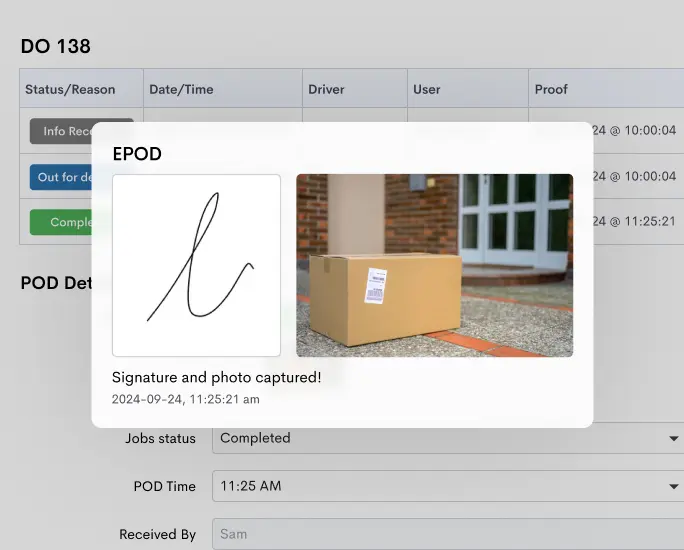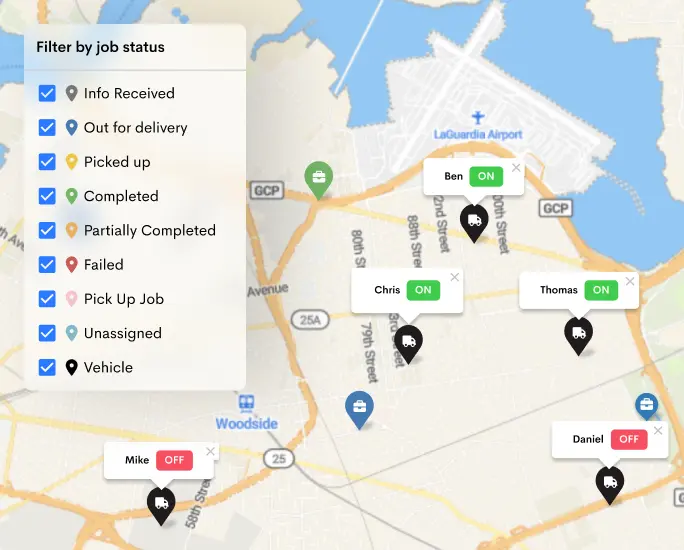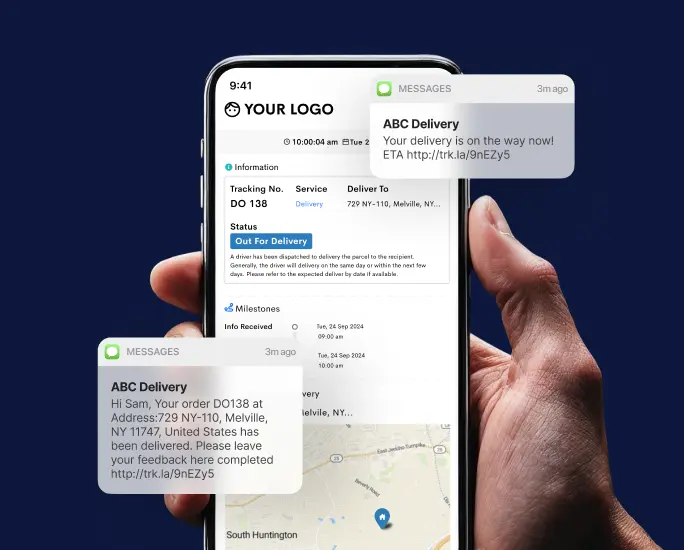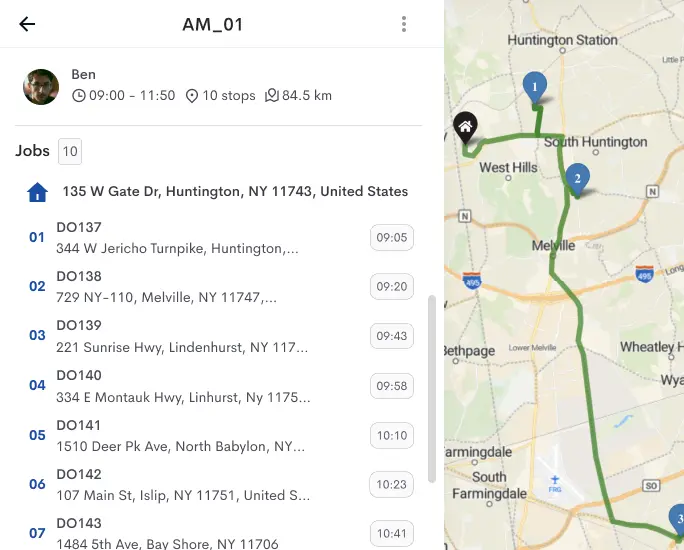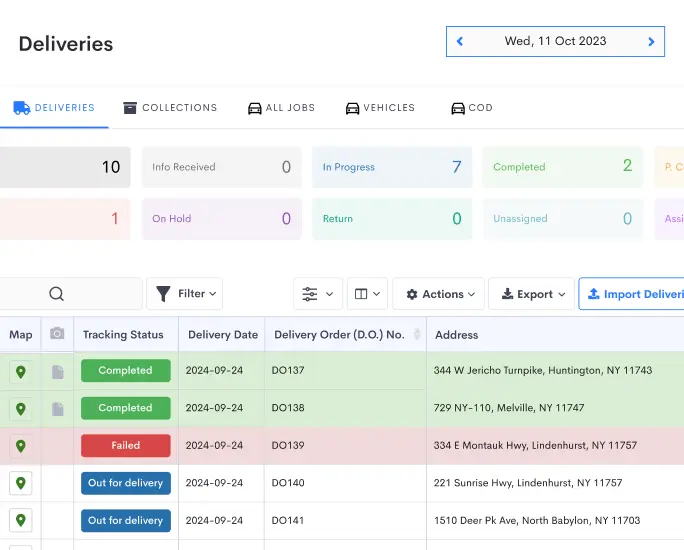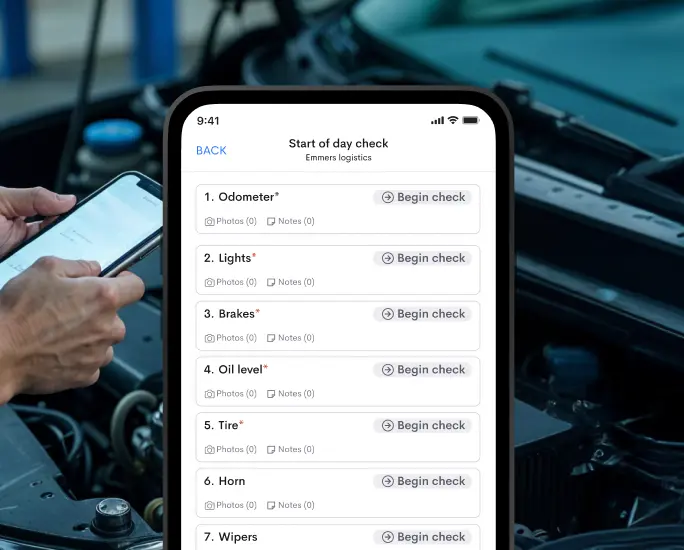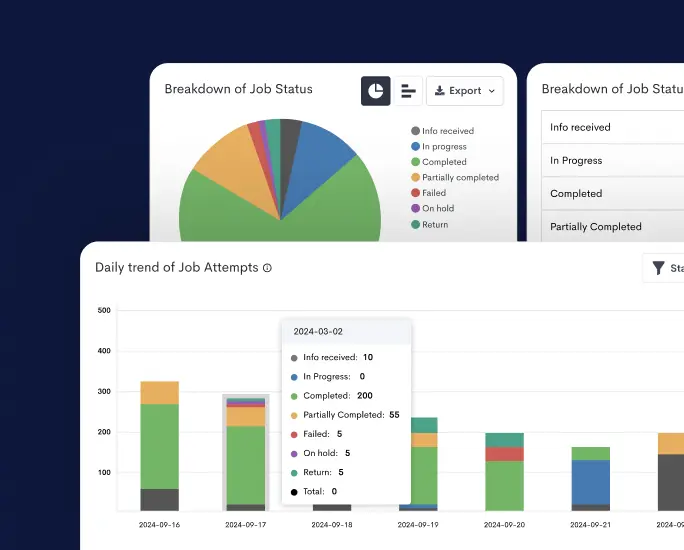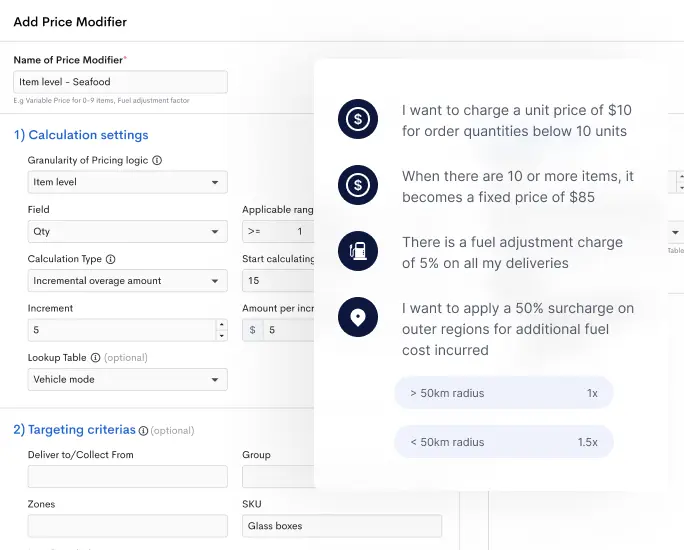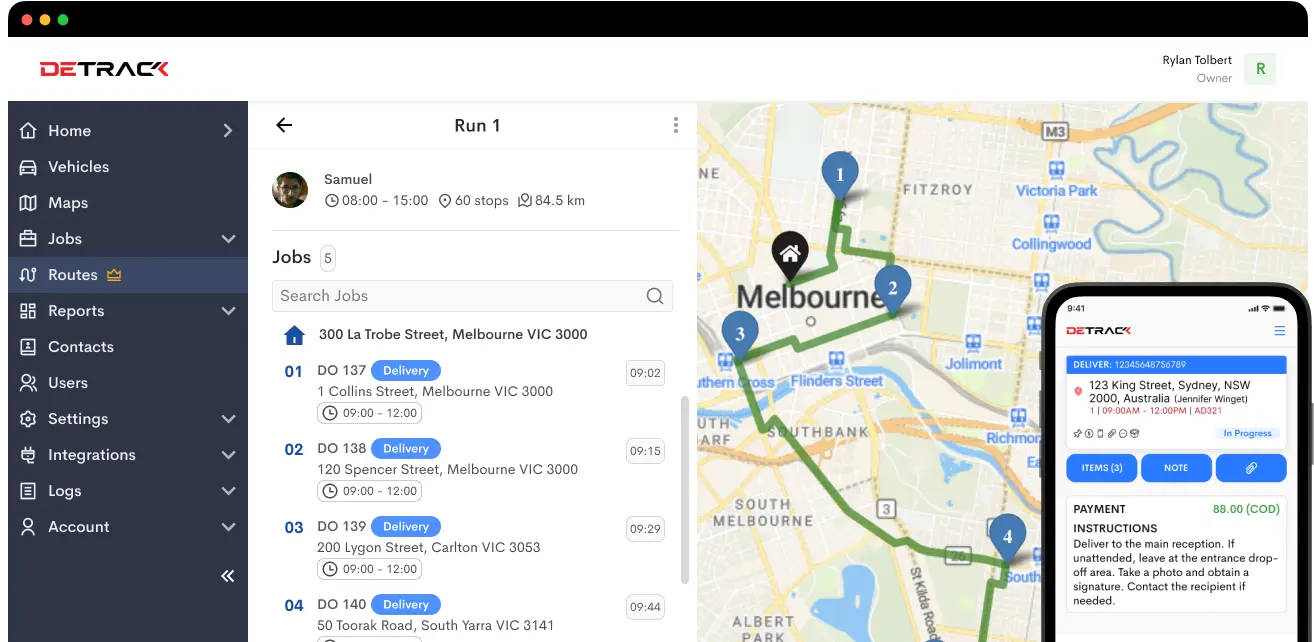Efficient fleet management is not just a necessity but a competitive advantage. Whether you’re managing a handful of vehicles or a large fleet spread across multiple locations, understanding the fundamentals and best practices of fleet management can significantly enhance operational efficiency and reduce costs.
This comprehensive guide explores the most frequently asked questions about fleet management, helping you navigate through the complexities of this essential business function.
| Boost Your Fleet’s Performance with Intelligent Management Solutions Leverage the power of advanced analytics and real-time monitoring to optimize your fleet’s operations. Our software delivers insights and automation to help you achieve peak efficiency. Try Detrack Today! |
Section 1: Basics of Fleet Management
1. What is Fleet Management?
Fleet management involves overseeing a company’s fleet of vehicles and equipment. It includes various tasks such as vehicle acquisition, maintenance, tracking, and disposal, all of which aim to maximize efficiency and minimize costs.
2. Who Needs Fleet Management?
Fleet management can benefit businesses of all sizes, from small local enterprises to large multinational corporations. Any business that relies on vehicles for daily operations, transportation of goods, or service delivery can streamline operations and reduce operational costs through effective fleet management.
3. What Are the Key Components of Fleet Management?
Key components include:
- Vehicles and Equipment: Managing vehicle acquisition, maintenance, and disposal.
- Personnel Management: Ensuring drivers are properly trained and compliant with regulations.
- Telematics and GPS Tracking: Monitoring vehicle location, performance, and driver behavior.
- Maintenance Scheduling: Implementing regular maintenance to prevent breakdowns and extend vehicle lifespan.

Section 2: Implementing Fleet Management Systems
1. How to Implement Fleet Management Successfully?
Successful implementation involves several steps:
- Assessment: Evaluate current fleet operations and identify areas for improvement.
- Choosing the Right Technology: Select fleet management software and telematics systems that align with your operational needs.
- Training: Train drivers and staff on new technologies and procedures.
2. What Are the Benefits of Implementing Fleet Management?
Benefits include:
- Cost Savings: Through optimized routes, fuel efficiency, and reduced maintenance costs.
- Improved Safety: Enhanced driver behavior monitoring and timely maintenance reduce accidents.
- Compliance: Ensure adherence to regulatory requirements and avoid penalties.
Section 3: Fleet Tracking and Monitoring
1. What is Fleet Tracking?
Fleet tracking involves monitoring vehicles in real time using GPS and telematics technology. It provides insights into vehicle location, speed, fuel consumption, and driver behavior.
2. How Does Fleet Monitoring Improve Efficiency?
- Route Optimization: Identify the most efficient routes to reduce travel time and fuel consumption.
- Maintenance Management: Schedule preventive maintenance based on vehicle usage and performance data.
Section 4: Fleet Maintenance and Compliance
1. How Important is Fleet Maintenance?
- Regular maintenance is crucial for:
- Reliability: Minimize breakdowns and ensure vehicles are operational when needed.
- Safety: Regular inspections and maintenance checks reduce the risk of accidents.
2. What Regulatory Compliance Issues Should Fleet Managers Be Aware Of?
Managers must comply with:
- DOT Regulations: Ensure drivers adhere to hours of service and vehicle safety standards.
- Environmental Regulations: Meet emission standards and reduce the fleet’s environmental impact.

Section 5: Cost Management and Optimization
1. How Can Fleet Management Help Control Costs?
Strategies include:
- Fuel Management: Monitor fuel consumption and implement fuel-efficient driving practices.
- Reducing Idle Time: Minimize engine idling to conserve fuel and reduce wear and tear.
2. What Are the Common Challenges in Fleet Cost Management?
Challenges include:
- Balancing operational costs with service quality.
- Budgeting for unexpected repairs and maintenance.
Section 6: Future Trends in Fleet Management
1. Emerging Technologies in Fleet Management
Technologies such as:
- Automation and AI: Automated route planning and predictive maintenance.
- Electric Vehicles: Adoption of EVs to reduce carbon footprint and operational costs.
2. How Will Fleet Management Evolve in the Next Decade?
Expectations for:
- IoT and Big Data: Leveraging data analytics for proactive decision-making.
- Integrated Mobility Solutions: Integration of fleets with broader transportation networks.
Conclusion
Effective fleet management is pivotal for businesses looking to optimize operations, reduce costs, and stay competitive in a rapidly evolving market.
By understanding and implementing best practices in fleet management, businesses can achieve operational excellence while ensuring compliance and safety standards are met. Embrace future trends and technologies to stay ahead in the dynamic world of fleet management.

